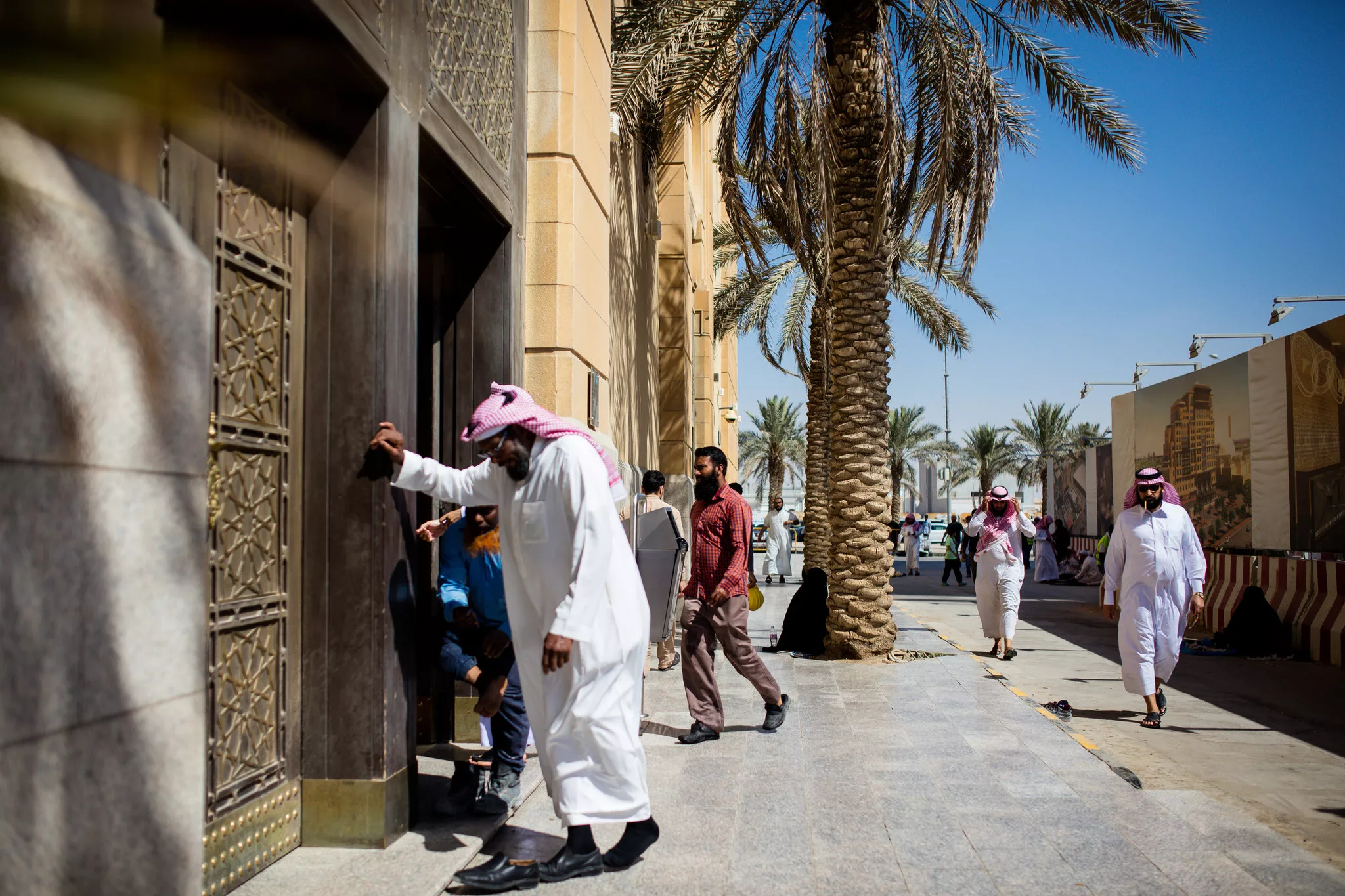Saudi Arabia’s inflation rate remained steady at 2% year-on-year in February, largely driven by an 8.5% surge in housing rents, according to the General Authority for Statistics (GASTAT). This contributed to a 7.1% rise in the housing, water, electricity, gas, and fuels category.
🔹 Key Sector Highlights:
✅ Food & Beverage: +1%, driven by 3.7% higher meat & poultry prices
✅ Personal Goods & Services: +3.9%, led by 26.7% increase in jewelry prices
✅ Restaurants & Hotels: +0.8%
🔻 Furniture & Home Equipment: -2.5%
🔻 Clothing & Footwear: -1%, with ready-made clothing down 2.4%
🔻 Transportation Costs: -1.5% YoY
On a monthly basis, consumer prices saw a 0.2% increase, mainly due to a 0.4% rise in housing costs.
📊 Wholesale Price Index (WPI):
✅ Up 1.5% YoY, led by a 3.4% rise in transportable goods and a 3.9% increase in agriculture & fishery products
🔻 Metal products & machinery: -0.5%
🔻 Ores & minerals: -1.9%
Saudi Arabia’s inflation remains in line with Vision 2030 economic goals, balancing growth and price stability. The government projects 1.9% inflation for 2025, while the World Bank forecasts 2.3%—below the GCC average.

